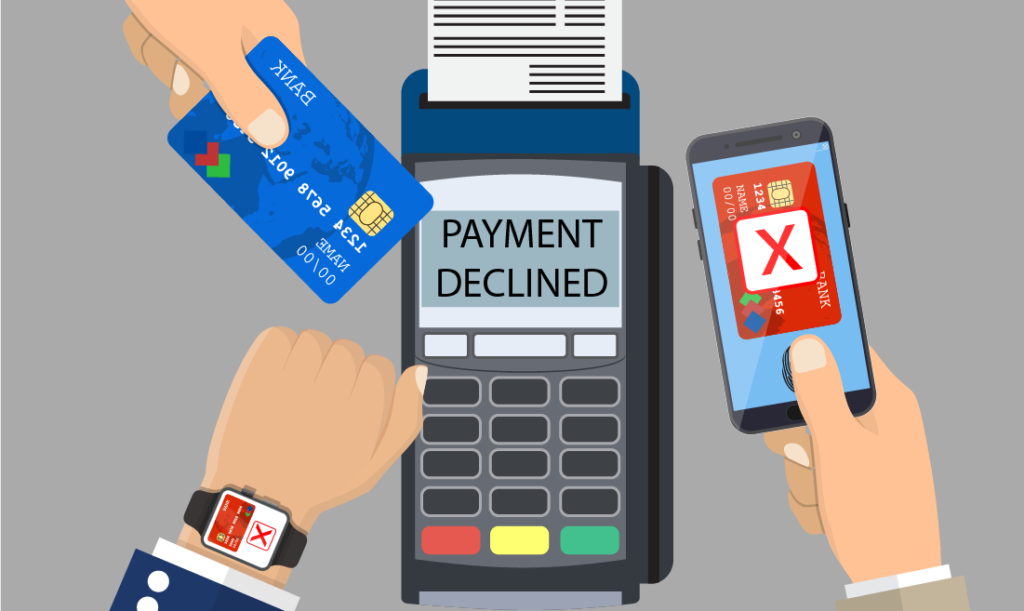We see every day in the media that there is more attention placed on payment technology and removing the need for cash in our economies. While these new methods are convenient, they are also quite expensive. We wanted take a deeper dive into these costs and how they apply across some of the territories in which we operate.
In the US
Fees charged in the US are a multi-billion dollar business for financial services such as Mastercard, Visa and American Express. The U.S. has the highest card swipe fees in the world, between 1.5% and oftentimes up to nearly 4%—of a transaction, depending on the type of purchase. Alone in 2019 this brought in 80$ Billion to card issuers in the US. As comparison CIT provider in the US had a revenue of only US$2.29 billion in 2018
In Europe
Swipe fees in the European Union have been capped to 0.2-0.3 % per transaction. In recent months Europe which is a typically cash heavy economy, has had a rise in the popularity of card payments which could give banks and credit card providers more leverage to increase these fees in the near future. Already banks have increased their banking charges towards customers which is typically seen as a move to push businesses towards digital payment methods.
In the UK
The UK currently follows the same fee structures as Europe, however with Brexit looming this may be reassessed in the coming years.
SME vs. Big Business
Big companies have some leeway to negotiate with banks, but smaller businesses normally have no leverage and just have accept what is on offer. Typically retail businesses with a profit margin of around 10% on products sold, having a 1% increase on processing fees can translate to a 10% drop in profitability.

Cards fees aren’t the only cost related to taking payment. Some retailers are dependent on service providers and apps to help advertise their products, which also take a margin of the revenue. Amazon for example charges between 7-16% depending on the goods sold. We also see in the QSR and food service sectors that takeaway apps such as JustEat and Deliveroo are charging significant fees for driving traffic to the restaurant.
The short answer is: We don’t know. They serve a purpose, just like self-service checkouts, but if a retailer’s whole strategy is built around cashless and even full automated stores then it could be a recipe for disaster.
For instance consider the technical aspects involved:

For these reasons, the consensus among industry experts is that accessibility is key. Not only is great for branding and ensuring that everybody can purchase in your store but having alternative payment methods provides sustainability and disaster recovery processes for your business. While a fully automated store is a great ideology in terms of efficiency and cost control, and while proof of concept stores like this exist, for most retail models they just aren’t feasible.
A final consideration is around how these fees affect consumer pricing. In some countries the government have issued laws protecting consumers from credit card fees, to absorb that cost retailers then have to increase their cost of goods. Depending on where you live there is often also some kind of sales tax. In an age where price is a key driver behind consumer behaviour, reducing transaction costs should be viewed as a priority in the same way rents, utilities and employee costs are scrutinised.